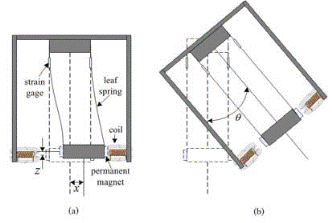September 2014 Issue
Research Highlights
Micromanipulators: Taking the future in hand
Micromanipulators are used for precision procedures such as medical surgery and cell manipulation, where a higher level of dexterity is required than is achievable with the human hand. The micromanipulator is often part of a robot or microscope, but these pieces of equipment are expensive and can be difficult to operate. Newer technology is being developed which allows handheld versions of the devices to be made, which may prove cheaper and easier to use.
Handheld devices must take into account the vibrations and involuntary movements made by the human hand in order to manipulate with precision. Now, Sungwan Boksuwan and co-workers at the University of Electro-Communications in Tokyo, together with scientists in Thailand, have created a new robust two-dimensional handheld micromanipulator for use in cell manipulation.
Boksuwan and his team built their device using two flexible links constructed from parallel springs, powered by a simple motor comprising permanent magnets and electric coils. The design means that the two links do not interfere with each other as the device is moved (see image), enhancing overall performance.
The main aim of the project was to simplify the design as far as possible in order to create robust, finely-tuned control. The micromanipulator was carefully calibrated in order to compensate for tiny vibrations of the hand. The researchers successfully optimized the tracking performance of the device through a combination of computer modelling and a conventional 'proportional-integral-derivative' controller.
Further research is required into other factors affecting performance, such as more substantial jerking of the hand.
Reference
- Boksuwan, S., Benjanarasuth, T., Kanamori, C., & Aoyama, H. Robust hybrid control for two-dimensional handheld micromanipulator. Journal of Robotics and Mechatronics (2014)

A new handheld micromanipulator developed by researchers at the University of Electro-Communications, Tokyo, could prove very useful for cell manipulation in labs. The design demonstrates high quality tracking by taking into account the tiny vibrations from a human hand.


